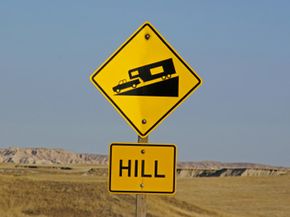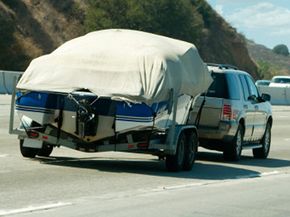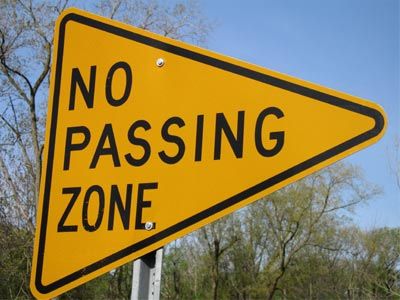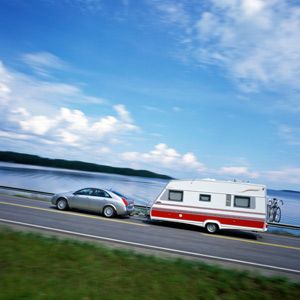For most drivers, climbing and descending hills or even mountains isn't really cause for concern. This is especially true if you drive a vehicle with an automatic transmission, since basically all of the work is done for you. You just keep the gear selector in drive, and depending on the incline and how hard you press the accelerator pedal, the transmission will downshift to find the proper gear to maintain the requested speed. Once you've crested the hilltop, you can keep both hands on the wheel as you coast down the other side. You may have to tap the brake occasionally on the downhill side -- just to keep your speed below the posted limit -- but other than that, an automatic transmission generally takes care of the rest.
A manual transmission is a little trickier, but only slightly. The driver can select any gear he or she chooses to climb or descend the hill. In fact, proper gear selection on the downward side of the slope can limit the speed of the vehicle, often enough to eliminate the need for the driver to touch the brakes. The obvious advantage is that this reduces wear to the vehicle's braking system. In the hands of a skilled driver, a manual transmission-equipped vehicle can make it up and over a mountain just as easily and smoothly as an automatic.
Advertisement
But what about shifting while towing? When you add the weight of a trailer behind a vehicle, finding the right gear might not be quite so simple anymore. How do you know what gear to select when you're towing a heavy load? How does a tow vehicle with an automatic transmission handle the extra weight of a trailer? And how much of a factor is the terrain in the proper gear selection? Read the next page to find out.
Advertisement




